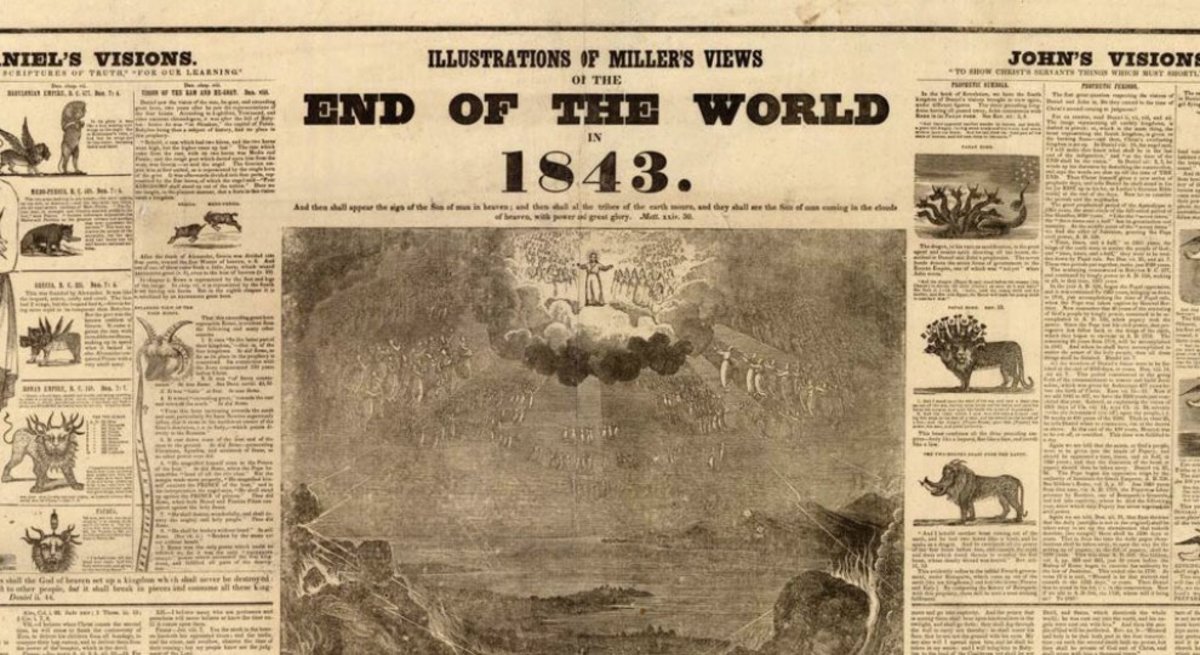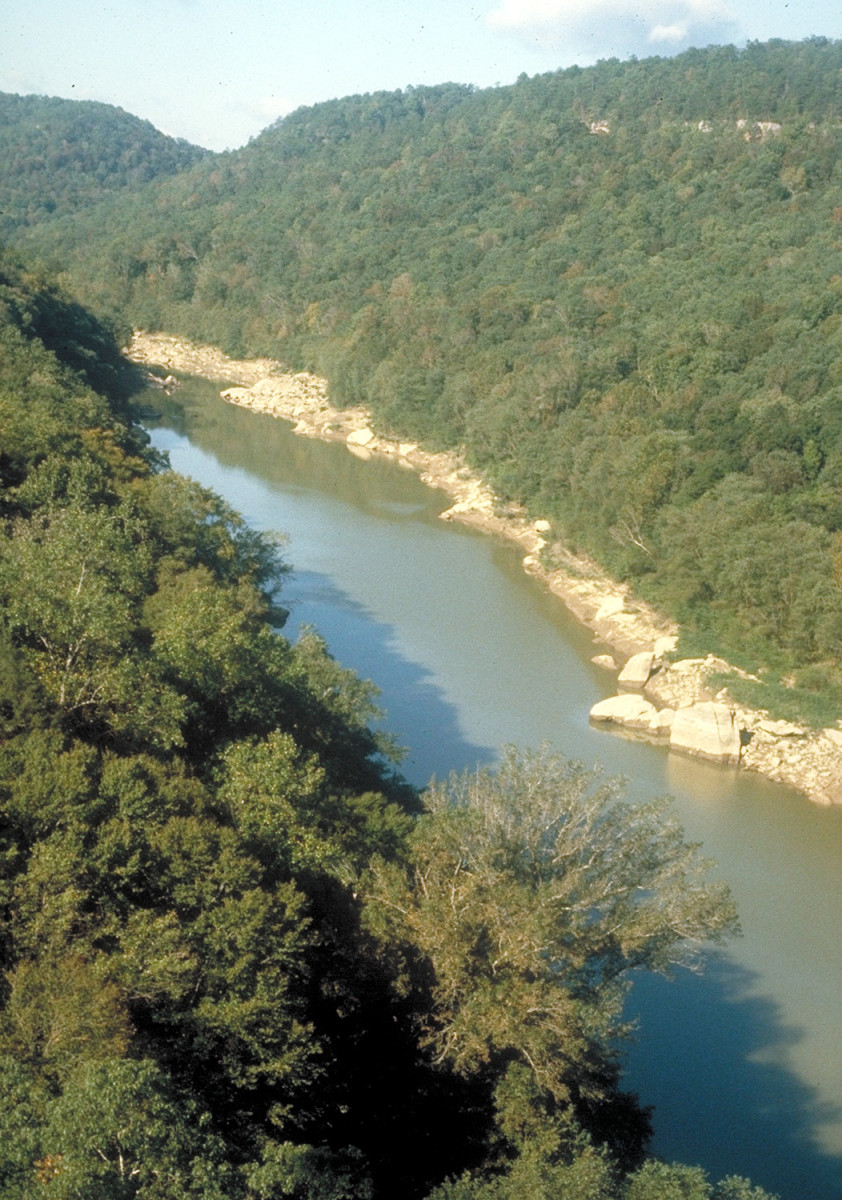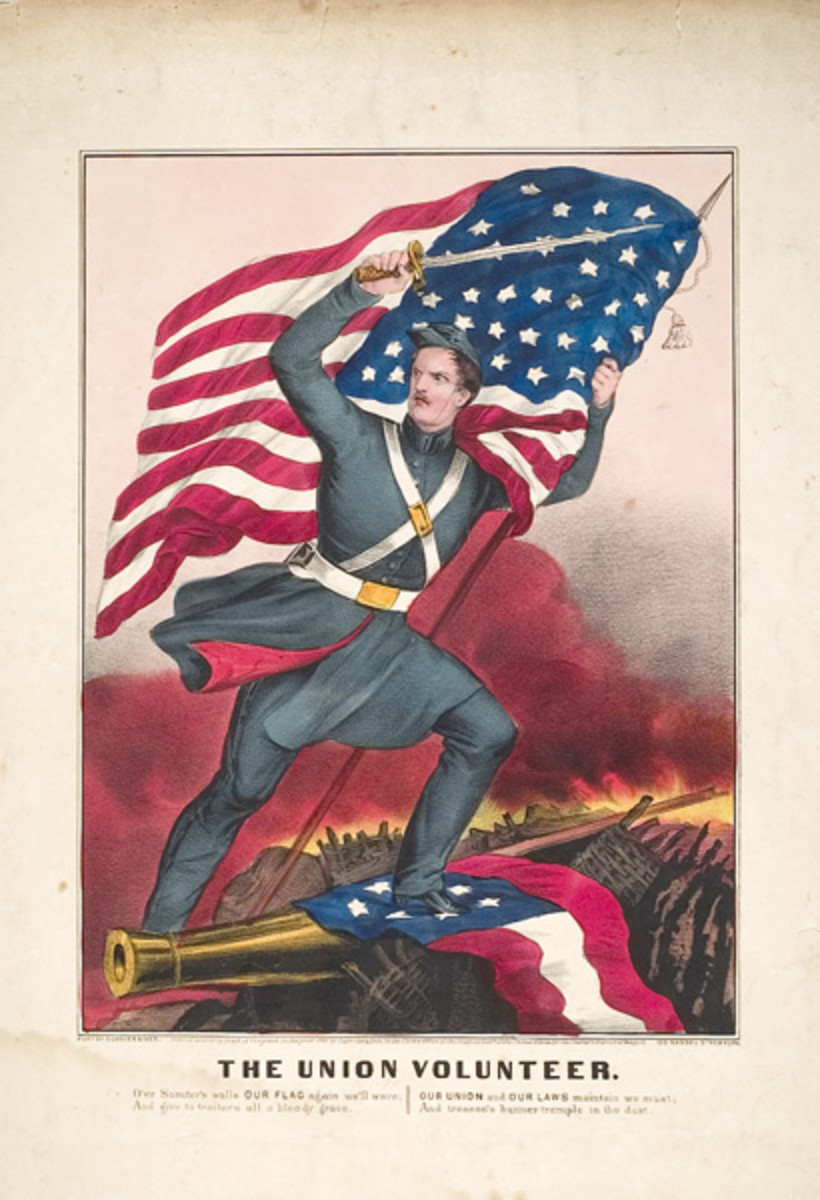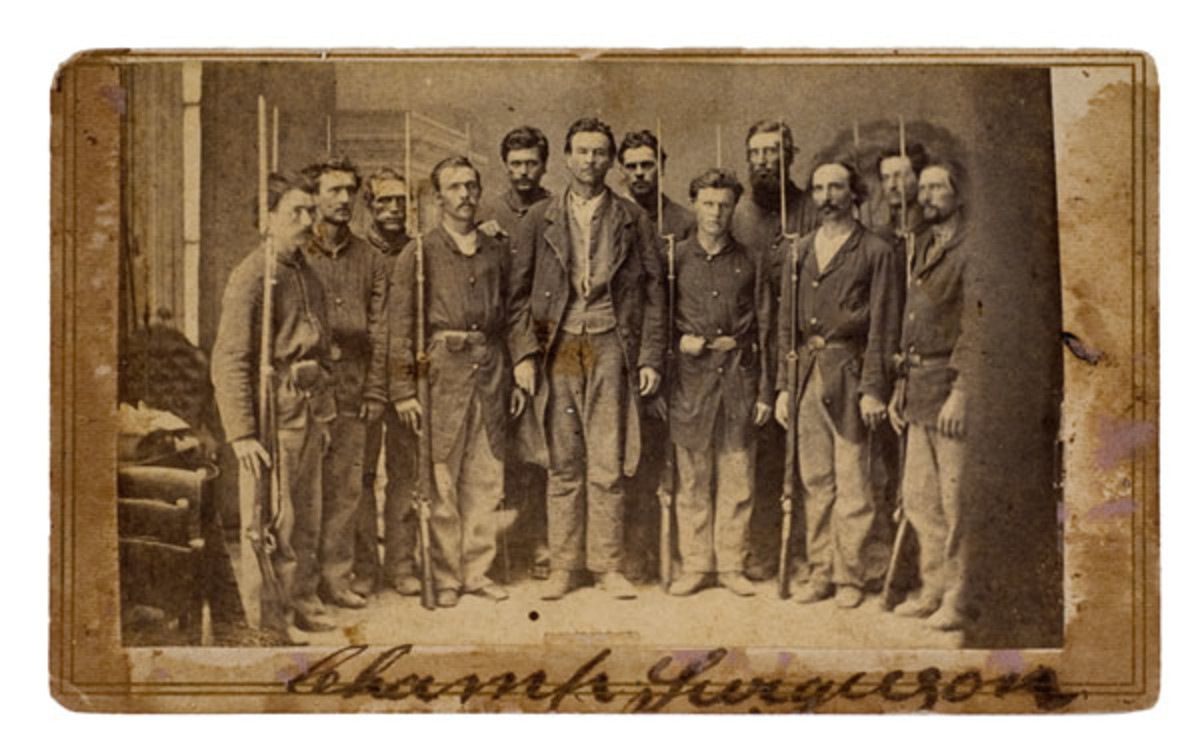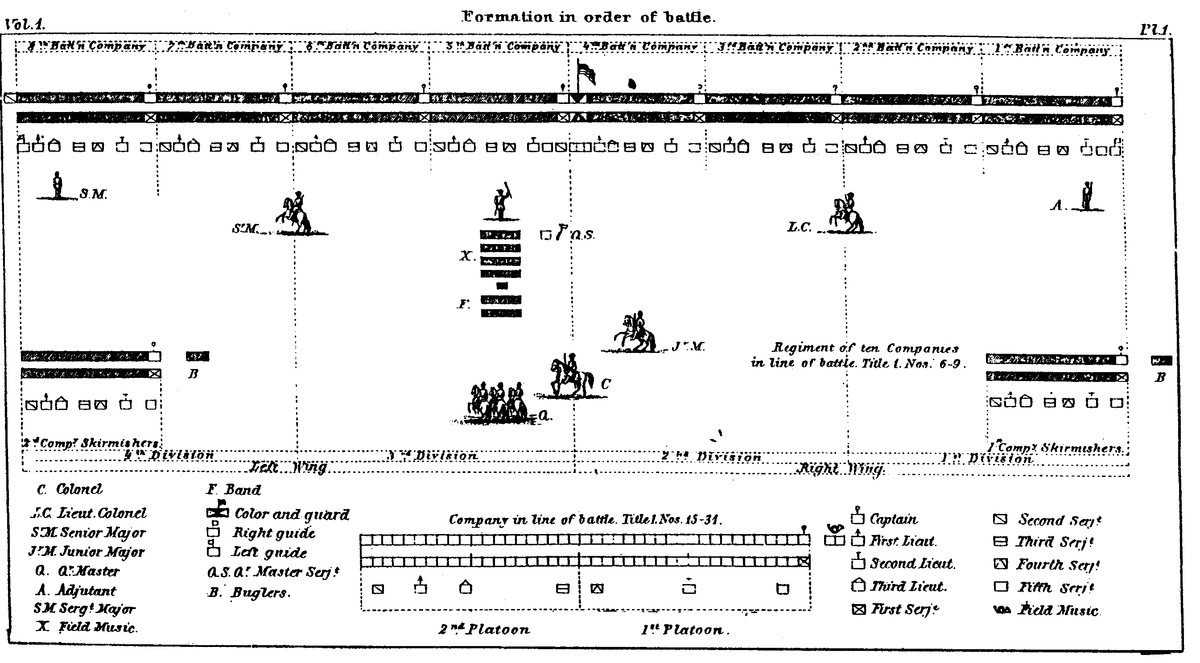- HubPages»
- Education and Science»
- History & Archaeology»
- History of the Americas»
- American History
The End of the Civil War
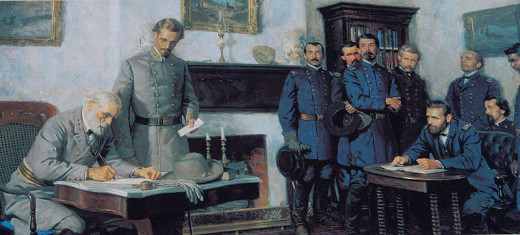
Appomattox Court House was a Formality
Great battles and even wars are can be decided by serendipity, a mistake, a misunderstanding or confusion. Did the parting of the clouds in June 1942, thereby exposing the Japanese fleet to American bombers, turn the tide of the war in the Pacific at the Battle of Midway? If the assassination attempt on Hitler had been successful, would the outcome of World War II been different? And in the waning days of the American Civil War, did a bungled telegraph message seal the fate of the Confederacy?
This article is about the last few weeks before the end of the Civil War, and the thrust and parry of Robert E. Lee and Ulysses Grant. Most of the facts are based on the book April 1865:The Month that Saved America (Harper Collins, paperback edition, 2001) by the remarkable historian and writer Jay Winik.
After a 10 month siege, the Confederate city of Petersburg fell on April 1, 1865. The next day Jefferson Davis, president of the Confederate States of America ordered the evacuation of Richmond, the capital of the Confederacy. He was urged to abandon Richmond by General Robert E. Lee, commanding general of the Army of Northern Virginia. Thus began the most amazing and pivotal month in American history. It was Lee's intention to march his army some 140 miles to South Carolina to meet up with the army commanded by General Joe Johnston. The combined armies, Lee believed, would enable to south to continue to wage war.
Lee's strategic retreat was a forced march of staggering complexity, every piece of the puzzle overseen by Lee himself. A forced march is a military anachronism. Today an army moves in tanks, armored personnel carriers, trucks, helicopters and planes. But this was the nineteenth century. Lee had to march his 35,000 man army through a 32 mile arc of retreat with 10,000 supply wagons, 200 heavy guns and over 4,000 horses and mules. The plan was to march 21 miles a day, over rough and winding terrain. Lee had a twelve to twenty-four hour lead on the pursuing Grant. The first objective was a small place called Amelia Court House where his troops could rest and most important, eat. The army was very low on rations and the men had to march with their stomachs growling for food.
The Great Disappointment
Lee had arranged for a rail road train full of provisions, including aver 350,000 food rations, to meet them at Amelia Court House. The men were filthy, tired and on the edge of starvation. When they arrived at Amelia Court House, Lee charged ahead and, seeing the awaiting train, ordered its doors flung open. What greeted him was one of the most stunning setbacks in the history of warfare: the train had no food. There was no bread, no meat, no biscuits, no coffee, tea or sugar. Instead it contained crates of ammunition, artillery harnesses and caissons. There was no food whatsoever. We don't know exactly what happened or who was to blame, other than an administrative error. Napoleon once famously said that "an army moves on its stomach." No truer words were ever said. Think, for a moment, how you feel when you've been without food for a while. The emptiness in your stomach dominates everything you do, and there's a lot that you can't do because you crave food. Now imagine going for days without food and marching through the wilderness for 21 miles each day.
The decisive Lee drafted a letter to "the Citizens of Amelia County," pleading for "generosity and charity" and "to supply as far as each is able the wants of the brave soldiers who have battled for your liberty for four years." (April 1865 at p. 128). The response was nothing, not for lack of caring by the locals, but because their food supplies had already been wiped out by passing armies and the vagaries of war.
With Grant's army not far behind, they could not delay and the forced march continued. The inevitable ravages of hunger started to take over. Without caloric intake the body literally starts to feed on itself. Confusion, apathy and even hallucinations began hitting the troops. Those who could form thoughts at all thought about nothing but food.
All during this time Grant has not been satisfied to merely chase Lee's army. He attacked it. Shortly after the brief and disappointing stop over at Amelia Court House, the armies engaged in a major battle at Saylor's Creek. The Army of Northern Virginia suffered over 8,700 casualties. Not only did Lee's troops have to march hungry, they had to fight.
Militarily the southern forces were all but defeated. It was just a matter of time before the overwhelming resources and troop strength of the Northern forces brought the confederacy to its knees. One could argue that the empty train fiasco at Amelia Court House effectively brought the war to, if not a close, certainly a predictable outcome. Had Lee hooked up with General Joe Johnston's army in South Carolina, the outcome of the war may have been different, probably not a confederate defeat but a negotiated peace. But that is from a traditional military analysis. Munitions, supplies, supply lines and troop strength will eventually win the day - in a traditional military sense. But there lurked in the minds of many southern leaders an alternative to simply surrendering or trying to patch together a stronger army. That is what plagued Abraham Lincoln in the waning days of the war.
Can a Modern Nuclear Warship Change the Civil War?
Lincoln's Worst Nightmare - A Guerrilla War
In 21st Century America we think of guerrilla warfare as the new normal. Whether the enemy is the Taliban, Al Qaeda or some other group of organized terrorists, we no longer think of large armies facing each other. The new normal consists of smaller groups that strike with impunity and then blend back into the population or the countryside. A guerrilla force kills its enemy with a thousands cuts. The most significant aspect of guerrilla warfare is this: it works.
Guerrilla means "little war" in Spanish. Guerrilla warfare has existed since ancient times. In modern times Mao Tse-tung summarized the concept best "The enemy advances, we retreat; the enemy camps, we harass; the enemy tires, we attack; the enemy retreats, we pursue." The United States learned the power of guerrilla resistance in Vietnam as did the Soviet Union in Afghanistan.
Jefferson Davis wanted to wage a guerrilla war. After the fall of Richmond he realized that the south was free from defending large cities and its forces could be dispersed across the country to wage a war of attrition. The Confederacy had formalized the possibility of guerrilla warfare early in the conflict with The Partisan Ranger Act of 1862. Rather than concentrating on the occupation of a few cities, the Union would be forced to police and occupy an area as large as France, Germany, Italy, Spain, Switzerland and Poland combined. Grant realized the enormity of the threat. "To overcome a truly popular, national resistance in a vast territory without the employment of truly overwhelming force is probably impossible." (April 1865 at p. 153.)
It's sobering to think that in the waning days of the Civil War there were plans afoot to prolong the war, possibly for decades. The United States may have never been "united." The Emancipation Proclamation would have become just a piece of paper. The 13th Amendment to the Constitution, barring slavery, would never have been ratified. We would have become a very different nation. What stood in the way of this tragic scenario was a decision, a decision of one man.
Jay Winik on Lee's Decision
Robert E. Lee in late April 1865
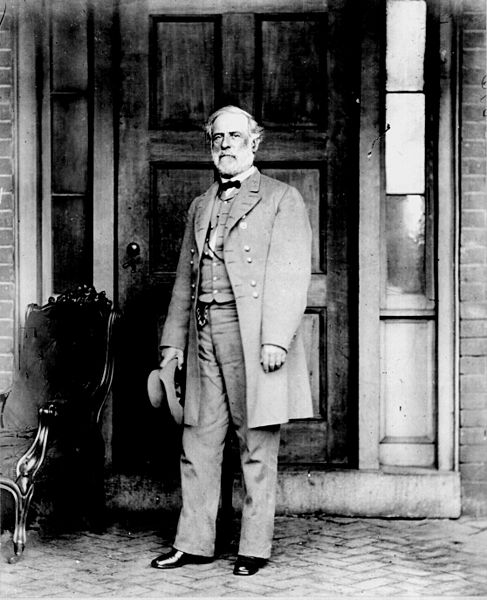
Robert E. Lee's Decision
Robert E. Lee, even though he took up arms against the United States, is a venerated figure to this day. The fighting spirit of his troops is attributed to his leadership. As the commanding general of the confederate forces, Lee knew that he was coming to a decision point. Surrender, die in a final battle of senseless glory, or fight on as a partisan guerrilla army. He knew that if he could get his forces to the Blue Ridge mountains he could hold out "for twenty years." (April 1865 at p. 144).
General Porter Alexander, one of Lee's most trusted advisers, urged Lee to break up the army into partisan guerrilla units. This third alternative had significant military benefits, and Lee knew it. For all of the reasons that Lincoln and Grant feared a guerrilla conflict, Lee knew that it could save the south. His natural inclination was to refuse to surrender, to fight on. But of all his admirable traits Lee had one that stood out: he was a man of honor. Lee was keenly aware of the ongoing slaughter of the "bushwacking" or guerrilla tactics used in Missouri. He was aware that to survive as guerrilla bands, his men would be forced to live off the land as raiding brigands.
Robert E. Lee decided against a guerrilla war. Although he didn't know if he would be imprisoned or even hung as a traitor, Lee decided to surrender to Ulysses Grant. After 620,000 deaths, the war was over.
Russ Moran, the writer of this article, is the author of The Gray Ship, a story about a modern nuclear warship that time travels to the Civil War.
Copyright © 2014 by Russell F. Moran - All Rights Reserved
© 2013 Russ Moran - The Write Stuff




